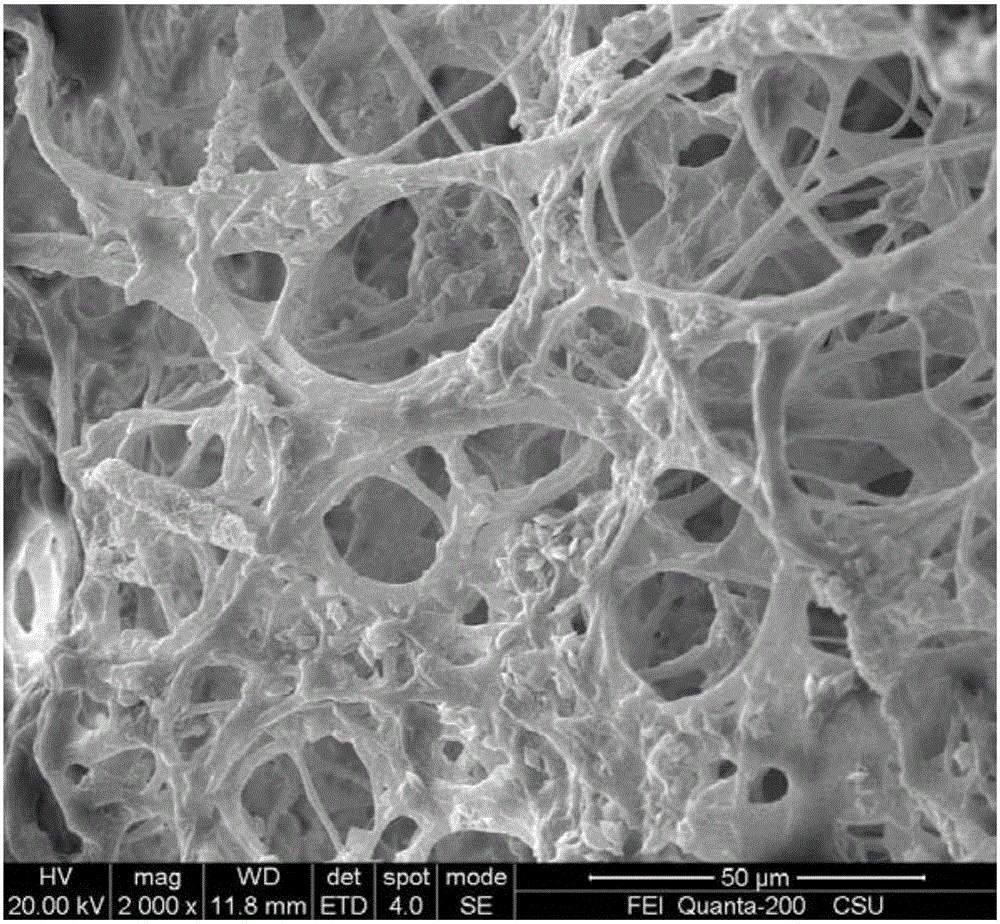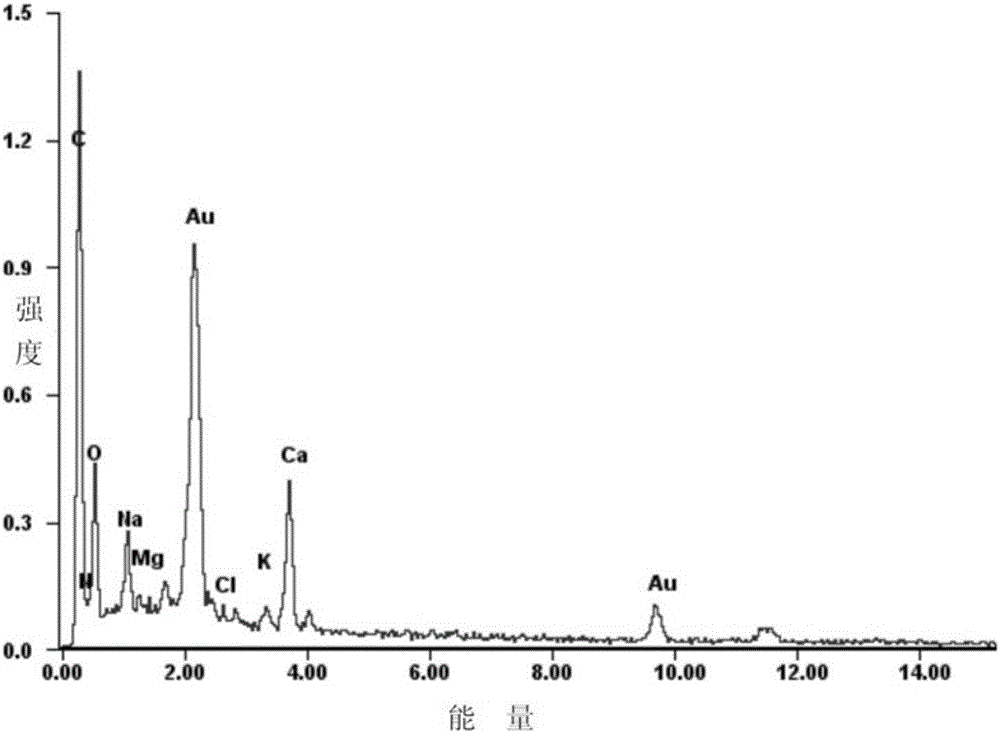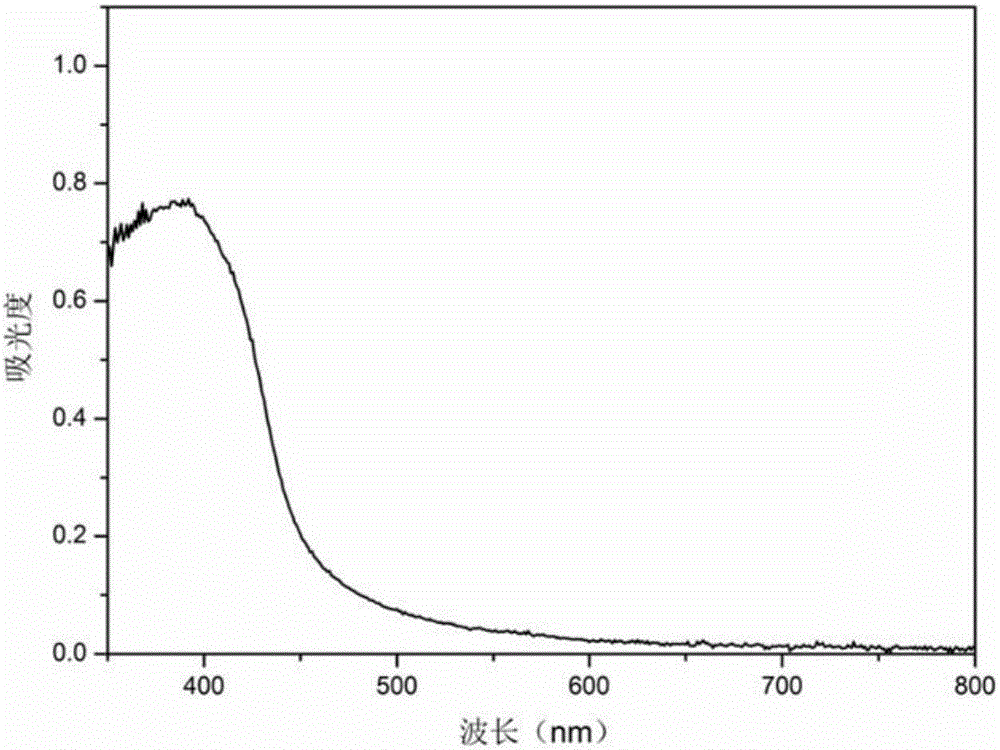Photocatalysis bio-adsorbent and preparing method and application thereof
A biosorbent and photocatalytic technology, applied in chemical instruments and methods, physical/chemical process catalysts, organic compound/hydride/coordination complex catalysts, etc., can solve the problems of low efficiency of adsorption and degradation of organic pollutants , to achieve high photoelectron conversion rate, high photocatalytic efficiency, and strong structure
- Summary
- Abstract
- Description
- Claims
- Application Information
AI Technical Summary
Problems solved by technology
Method used
Image
Examples
Embodiment 1
[0032] A kind of photocatalytic biosorbent of the present invention, this photocatalytic biosorbent comprises Phanerochaete chrysosporium bacterial ball, graphite type C 3 N 4 and calcium alginate; graphite type C 3 N 4 The hyphae of Phanerochaete chrysosporium balls are coated by calcium alginate.
[0033] A preparation method of the above-mentioned photocatalytic biosorbent of the present embodiment, comprising the following steps:
[0034] (1) Weigh 5g of urea into a 50mL crucible, cover the lid, and then wrap it tightly with tin foil; place the above sample in the middle of the muffle furnace for calcination. The calcination is specifically as follows: heating the urea from room temperature to 600° C. at a heating rate of 5° C. / min, and then keeping the temperature at 600° C. for calcination at a constant temperature for 2 hours. After cooling in the air, grind the sample in a mortar for 3 minutes, the resulting bright yellow powder is graphite type C 3 N 4 Material. ...
Embodiment 2
[0049] A kind of photocatalytic biosorbent of the present invention, this photocatalytic biosorbent comprises Phanerochaete chrysosporium bacterial ball, graphite type C 3 N 4 and calcium alginate; graphite type C 3 N 4 The hyphae of Phanerochaete chrysosporium balls are coated by calcium alginate.
[0050] A preparation method of the above-mentioned photocatalytic biosorbent of the present embodiment, comprising the following steps:
[0051] (1) Weigh 5g of urea into a 50mL crucible, cover the lid, and then wrap it tightly with tin foil; place the above sample in the middle of the muffle furnace for calcination. The calcination is specifically as follows: heating the urea from room temperature to 600° C. at a heating rate of 5° C. / min, and then keeping the temperature at 600° C. for calcination at a constant temperature for 2 hours. After cooling in the air, grind the sample in a mortar for 3 minutes, the resulting bright yellow powder is graphite type C 3 N 4 Material ...
Embodiment 3
[0057] A kind of application of the photocatalytic biosorbent of the present invention in the treatment of cadmium-containing and 2,4,6-trichlorophenol composite wastewater comprises the following steps:
[0058] To 100mL of cadmium and 2,4,6-trichlorophenol composite wastewater containing cadmium and 2,4,6-trichlorophenol with an initial concentration of 10mg / L and an initial concentration of 2,4,6-trichlorophenol, add 1g of the light compound prepared in Example 1. Catalyzed biosorbent S1 was placed in a shaking incubator, under the condition of 37°C and 150r / min for 72 hours of adsorption and degradation under light, and solid-liquid separation after standing to complete the adsorption and degradation of composite wastewater.
[0059] Figure 4 It is a picture of the removal effect of cadmium and 2,4,6-trichlorophenol by the photocatalytic biosorbent in this example under different treatment times. Such as Figure 4 Shown, for the compound waste water that initial concent...
PUM
 Login to View More
Login to View More Abstract
Description
Claims
Application Information
 Login to View More
Login to View More - R&D
- Intellectual Property
- Life Sciences
- Materials
- Tech Scout
- Unparalleled Data Quality
- Higher Quality Content
- 60% Fewer Hallucinations
Browse by: Latest US Patents, China's latest patents, Technical Efficacy Thesaurus, Application Domain, Technology Topic, Popular Technical Reports.
© 2025 PatSnap. All rights reserved.Legal|Privacy policy|Modern Slavery Act Transparency Statement|Sitemap|About US| Contact US: help@patsnap.com



